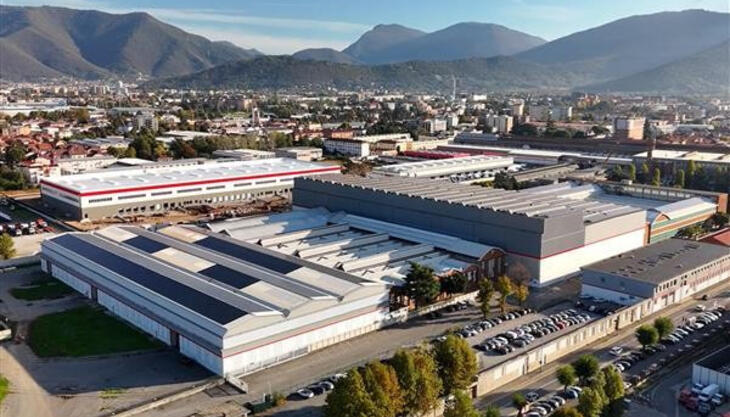World demand for silicones
World demand for silicones is expected to rise 5.9% per year to 18.9 billion dollars in 2017. Gains will represent an acceleration from recent historical trends, fueled by an improved outlook for global manufacturing and construction activity from the recession-plagued 2007-2012 period, particularly in North America and Western Europe. Increases in silicone demand will also benefit from the rising use of high value materials in emerging applications, particularly in the newly industrialized nations of the world where the use of silicones is not yet mature. Advances will be limited, however, by the high cost of silicones relative to competitive materials in many applications. Elastomers and fluids were the two leading silicone product types in 2012, combining to account for nearly 85% of total demand. These and other trends are presented in "World Silicones",a new study from Freedonia Group.
The Asia/Pacific region has risen to become the leading market for silicones, accounting for nearly 40% of global demand in 2012. Demand in the region grew nearly 10% annually from 2002 to 2012, fueled primarily by the rapid advancement of China as a silicone consumer. While slowing to some extent through 2017, silicone demand growth in the Asia/Pacific region will remain the world's fastest. Gains will be driven by continued strong growth in China, the emergence of India as a significant silicone market, and a favorable economic outlook for the higher income countries in the region. Above average growth is also forecast for South America, Eastern Europe, and the Africa/Mideast region, areas in which silicone demand per capita is currently among the lowest in the world.
While silicone demand in the more mature markets of North America and Western Europe will rise at a pace below the global average through 2017, advances will be a marked improvement over the performance of the 2007-2012 period. In North America, demand for silicone will benefit from a strong rebound in construction spending as the large US market continues to recover from a housing slump. Demand in Western Europe will be fueled by a turnaround in manufacturing and construction activity. As silicones become increasingly well established in these regions, technological advancements and product innovation will become essential to expand the application base for long term market growth.
















